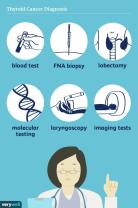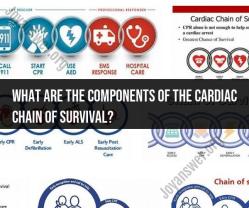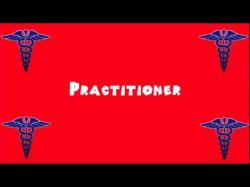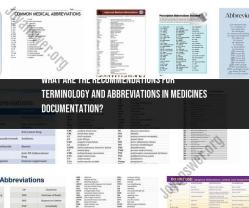What are the components of the Cardiac Chain of Survival?
The Cardiac Chain of Survival is a series of critical steps that, when followed promptly and effectively, can greatly increase the chances of survival for someone experiencing sudden cardiac arrest. These components are often organized into a chain because they represent a sequence of actions that must occur in a coordinated and timely manner. The components of the Cardiac Chain of Survival typically include:
Early Recognition and Activation: The chain begins with the prompt recognition of a potential cardiac arrest. If you witness someone collapsing or if you find an unresponsive person, it's crucial to activate the emergency response system immediately by calling 911 (or the appropriate emergency number in your region). The sooner help is on the way, the better.
Early CPR (Cardiopulmonary Resuscitation): CPR involves chest compressions and rescue breaths (mouth-to-mouth or mouth-to-nose) to maintain blood circulation and oxygen delivery to the brain and other vital organs. Bystanders who are trained in CPR should initiate it as soon as possible. If you are not trained in CPR, providing hands-only CPR (chest compressions alone) is better than doing nothing.
Early Defibrillation: Automated External Defibrillators (AEDs) are portable devices that can analyze a person's heart rhythm and deliver an electric shock, if necessary, to restore a normal heart rhythm. AEDs are user-friendly and can be used by trained laypersons. The prompt use of an AED is critical, as it can be highly effective in restoring a normal heart rhythm in cases of ventricular fibrillation or ventricular tachycardia.
Early Advanced Life Support (ALS) and Post-Resuscitation Care: Advanced medical interventions, including medications and advanced airway management, are provided by healthcare professionals as part of advanced life support. After successful resuscitation, ongoing care in a healthcare facility is essential to address the underlying cause of the cardiac arrest and prevent further complications.
Integrated Post-Cardiac Arrest Care: This component emphasizes the importance of seamless care and coordination following the return of spontaneous circulation (ROSC). It involves critical care in a hospital setting, addressing the patient's neurological status, optimizing oxygen levels, and providing therapeutic hypothermia (cooling the body) when indicated.
Recovery and Rehabilitation: For those who survive cardiac arrest, a comprehensive rehabilitation program can help improve physical and cognitive function. This includes physical therapy, occupational therapy, and emotional support for both the survivor and their loved ones.
It's important to note that each component of the Cardiac Chain of Survival is interconnected and plays a vital role in improving the chances of survival and minimizing brain damage in cases of sudden cardiac arrest. Rapid recognition, early CPR, defibrillation, and advanced life support are critical links in this chain, and immediate action can make a significant difference in saving lives.












